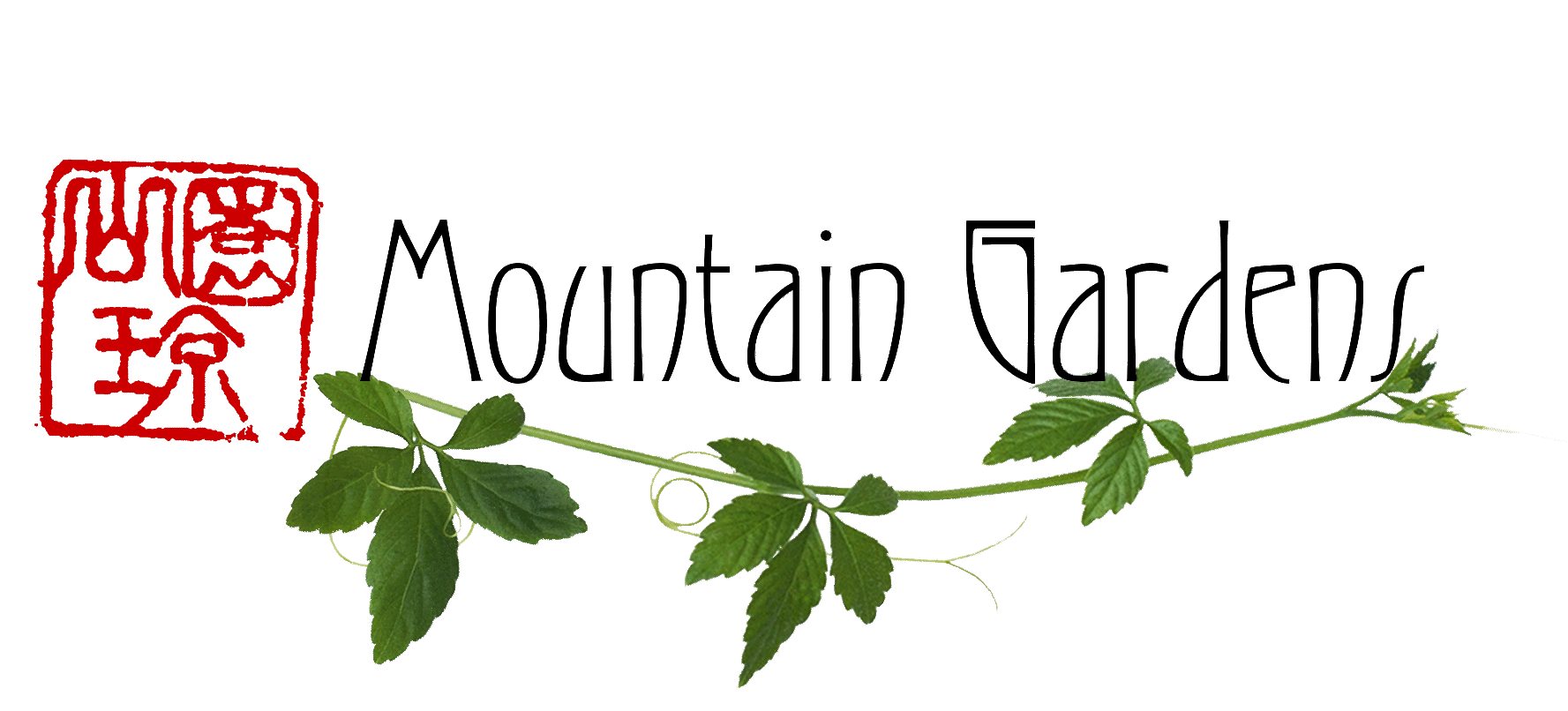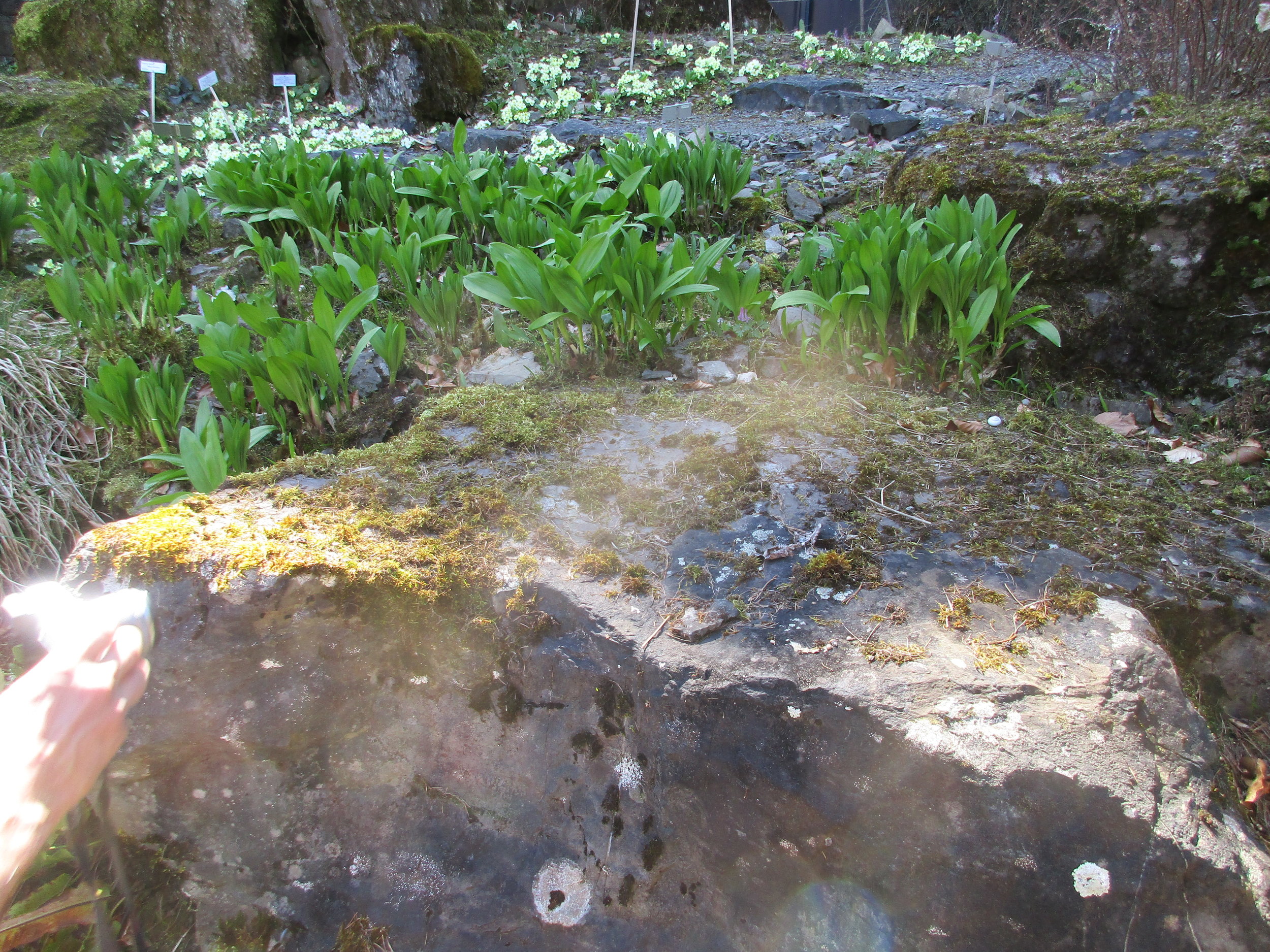The Potential of Perennials for Food System Resilience Symposium
Last month, Joe traveled to Switzerland to attend The Potential of Perennials for Food System Resilience Symposium, in Stans, where he and other keynote speakers discussed the need for a necessary agricultural paradigm shift in a world of climate disruption and scarce resources.
The symposium’s discussion centered around the role that perennials can play in a restorative agriculture. Perennials have the potential to support much-needed soil restoration, an increase in biodiversity (at present, only 12 plant species… account for 70% of nutrition (ProSpezieRara Germany 2014)), and water storage in the soil. But more than this, the symposium also promoted them as an exciting potential for carbon sequestration: like all plants, perennials pull CO2 out of the atmosphere and convert it to plant material and/or soil organic matter with the help of microorganisms–but the difference being that this carbon is kept in the soil (whereas with annuals, carbon eventually returns to the atmosphere with harvest and tilling).
Besides Joe, key-note speakers and panelists included:
Barbara Herren, of World Agroforestry Center
Hans-Rudolf Herren, Founder of Biovision
Stephen Barstow, perennials expert and author of “Around the World in 80 Plants” (a new addition to our library)
Eric Toensmeier, perennials expert and author of a well-loved book in our library, “Perennial Vegetables”
Felipe Pasini and Ursula Arztmann
Ernst Götsch
and many others.
Here are some of the pictures Joe took that weekend, with his comments:
Ramsons (Allium ursinum) – the European cousin of ramps
Here is Stephen Barstow's blog about our day in the Zurich botanical garden: http://www.edimentals.com/blog/?p=17040
Foraging before the event
The Symposium organizers made the bold decision to feed everyone at the conference with perennial vegetables, which on this occasion meant foraged wild foods; so we spent the several days before the event gathering wild foods in some extremely picturesque locations in the Alps. We gathered masses of cleavers, ramsons, nettled, ground elder, coltsfoot, violets and more. (See Stephens blog for pictures of all the plants we collected.)
The Symposium was held at a 500 year old monastery in the attractive historical town of Stans. It is no longer functioning as a monastery and will soon be repurposed as a center for the study and promotion of Swiss food traditions. By all indications, the monastery produced much of their food; the stone walls of and surrounding the main building were lined with grape vines and espalier fruit trees and included stone cold frames and walled vegetable gardens. Here we are having lunch outside the monastery.
Here is a menu and photo of one of the delicious wild food meals that was prepared by a team of volunteers.You can see more pictures of the conference and the food at Stephen's blog.
I came home from the Symposium very much inspired about perennial / wild foods. This is a long term interest of mine, but has been somewhat overshadowed by my involvement with medicinal herbs. In the future you can expect to see many more of these species on our plant list and in our nursery.





